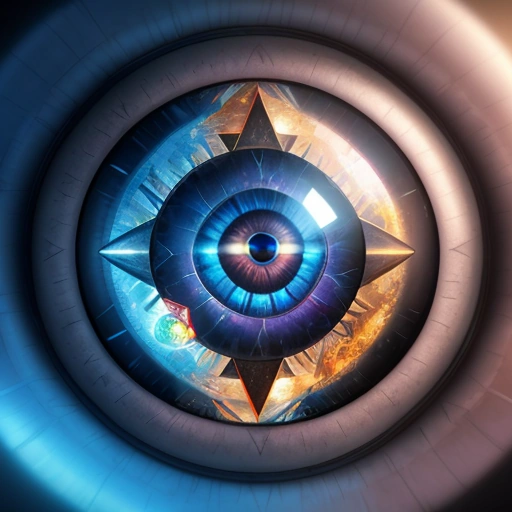Hi there, I’m trying to get (more or less) historically accurate images from the early and high middle ages, but none of the models seems to have a grasp of what “maille armor” or “bucket helmets” are and I either get complete garbage or fantasy armor that mostly resembles the early modern period (the stereotypical shining knight armor).
I assume a Lora, trained on images of the armor and weapons I’d like to include, could fix this problem. I found some neat tutorials for making Lora’s and think I’ll give it a shot.
Do any of you have experience in making these kinds of style Lora’s? What should I take care of? I will be manually downloading images that fit my aestethic and manually tag them - how many images should I use? Any input here is highly appreciated.


Yeah it’s crazy frustrating that the most important part of your exciting AI endeavour is tediously tagging images. But it really is important. And, to be fair, it doesn’t take all that long. Get your images together, processed and cropped, then just sit and blitz the tags out in under an hour.
I read guides that said auto-tagging stuff is absolutely fine, but remember that a LOT of user generated SD stuff is anime/manga based, which doesn’t have the problems with lighting/exposure, and the figures all have nice clean outlines.
I think I’ll try autotagging with 1-2 pictures just to see how the format looks and how its supposed to work for starters. Then do all the real tagging manually. Just to make sure, I got the syntax right.
Yeah, that’s a decent idea. Autotagging will at least spit out one txt file per file, which will save you from having to make them, and they can fill in the “man standing in a field” parts of the prompt.